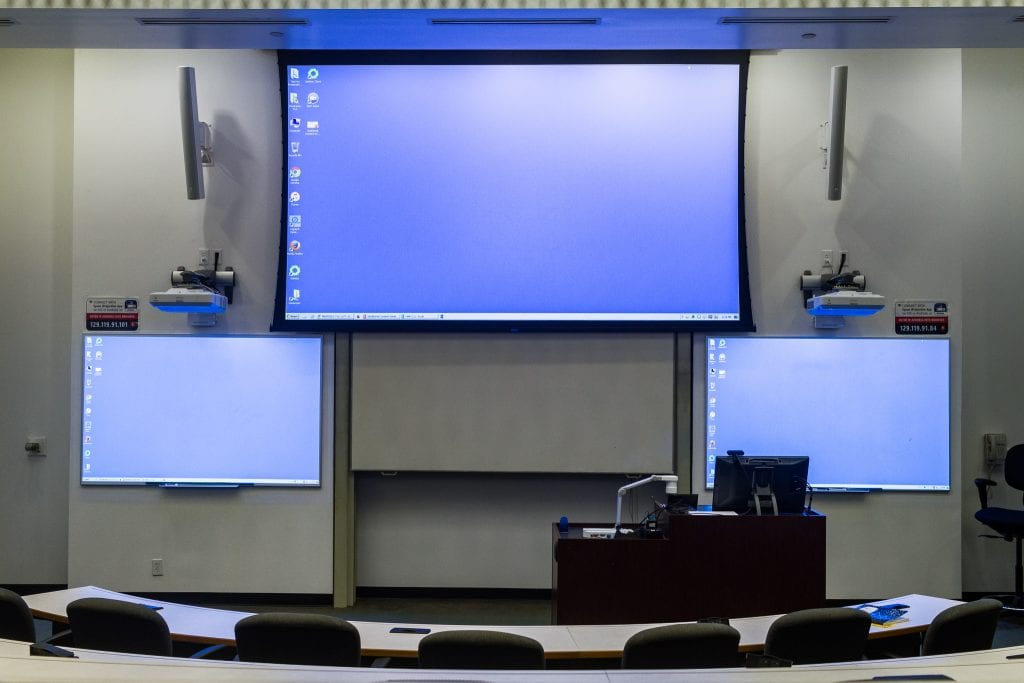As part of the OE2C project, an initiative was undertaken to centralize and streamline graduate program applications, whereas before each school had to manage its own applications. After moving graduate admissions to a shared services model and creating the Graduate Application Process (GAP), Joe Davis, associate dean of admission, now oversees a team that manages part of graduate applications for five of the seven colleges. The GAP serves as a central processing point for all application materials, leaving academic departments with only the review and decision-making to manage.
“What was split between five or six offices is now concentrated in one,” said Davis. “We have been able to standardize and codify some processes within graduate admission and have brought best practices from each individual school forward to benefit all programs at SMU. The process also moves faster and students are receiving decisions sooner. We have also managed to vastly improve the process for international students receiving I-20s.”
Davis said that each graduate program has its own unique challenges. “Some of our graduate programs have a high volume, rolling admission process, while others have a smaller, very individualized process, so we had to develop a system that would work at both ends of that continuum.”
Cruz Lopez, senior business analyst and admissions module lead, focuses more on process improvement than employee management in his new role with the GAP. “A flatter reporting structure has been advantageous,” said Lopez, “mainly due to having a high-level supervisor in a leadership position whom we directly report to and whose main priority is improving operations.”
“The biggest advantage of the new GAP structure has been our ability to implement Slate for all SMU graduate programs who have wanted it,” said Jill Witt, senior business systems analyst in the Office of Undergraduate Admissions. “Since our admission operations team was already highly knowledgeable about Slate and admissions processing, the implementation for each school was relatively straightforward because we were able to apply best practices and processes used in the implementation of Slate for undergrad admissions. Although each graduate program is very different and has very different goals and processes, Slate is a highly flexible, customizable tool, and we have been able to develop it in such a way that it works for the many unique needs across SMU graduate programs.”
Witt said the new structure has given her a broader perspective about how things work at SMU. “I have very much enjoyed getting to know faculty and staff across campus. I have also really enjoyed learning about graduate admission processes, both on the recruiting side and the application side.”
Davis and his team continue to look for improvements in graduate application processes. “We are working to give graduate departments more functionality within the Slate system,” he said. “There is a lot of potential for programs to be more proactive with recruitment activities, and I see that as our next big opportunity.”
“I enjoy continuing to be challenged on a regular basis,” said Lopez. “Admissions is ever-changing, which is exciting, and having the support and direction has been a real plus.”



